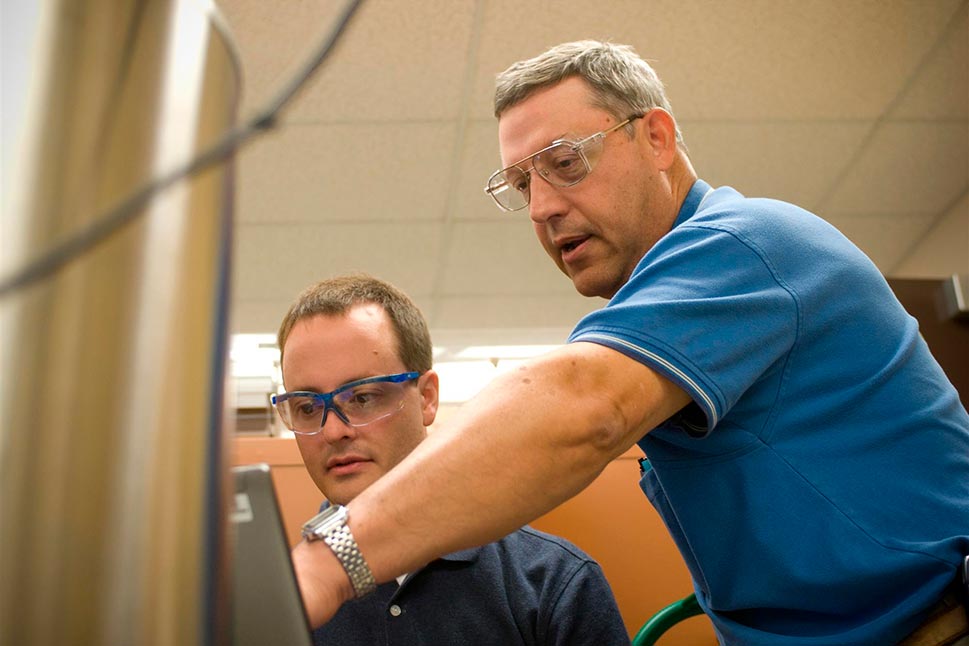Argon
Compressed argon gas and liquid argon in a variety of purities and in various modes of supply around the world thanks to our network of storage and transfill facilities.

Our core capabilities of product, equipment, and service include:
Compressed argon gas and liquid argon in a variety of purities and in various modes of supply around the world thanks to our network of storage and transfill facilities.
Our experienced applications teams across the globe can use their industry and application knowledge to provide you with a compressed or liquid carbon dioxide supply and technology solution to meet your unique needs.
An inert gas for cryogenic, heat transfer, shielding, leak detection, analytical and lifting applications
Valued for its reactive and protective properties, and used by many industries such as electronics, foods, glass, chemicals, refining and more can benefit from its unique properties to improve quality, optimize performance and reduce costs.
Useful as a gas, for its inert properties, and as a liquid for cooling and freezing. Virtually any industry can benefit from its unique properties to improve yields, optimize performance and make operations safer.
In addition to its use as a respiratory gas for healthcare applications, its strong oxidizing properties benefit many industries by improving yields, optimizing performance, lowering costs and reducing carbon footprint compared to other fuels.

Poor underfill flow is a common concern in flip chip assembly and is due to several issues. The predominate problem is contaminates left behind post reflow assembly. The primary contaminate is flux residue. Although you may clean the assembly post reflow, the likelihood of flux left behind is high. Most fluxes will polymerize during the reflow process in air or high O₂ ppm level (>500 O₂ ppm). Current cleaning processes may not be efficient enough to remove all the residue under the flip chip. The key is to use an inert atmosphere, such as nitrogen or argon, to eliminate high O₂ levels. The high O₂ levels will cause the flux to polymerize and be difficult to clean.
Best process practice is to use an O₂ ppm level of around 100 ppm. This will give you two benefits: (1) reduce the chance of flux polymerization and allow for good results post cleaning and (2) allow the flux to stay active longer increasing the fluxing properties to insure good wetting and provide a reliable solder joint.
Air Products can assist you in evaluating your processes and offer solutions to your concerns in this area.
Our technical team is here to help you. Book a free consultation today!